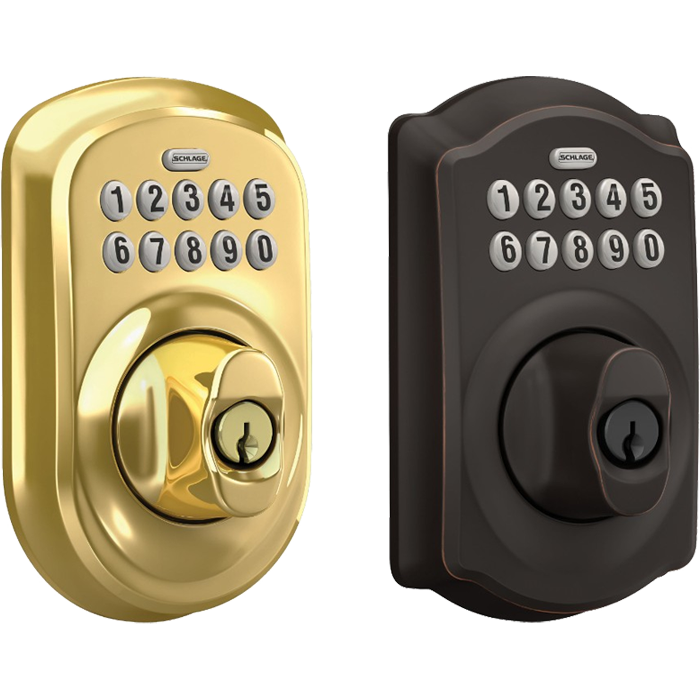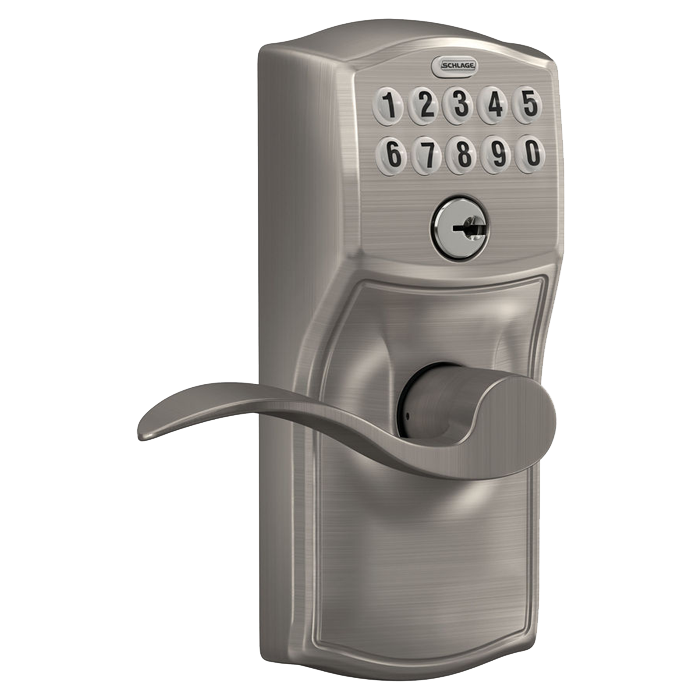How do smart locks work?
Smart locks use radio frequencies and other technologies to allow users to access doors without a physical key:
- Connectivity: Smart locks connect to a local network or the cloud via Wi-Fi, Bluetooth, NFC, or Zigbee. This allows users to control the lock remotely using a smartphone app.
- Authentication: Smart locks use encryption to secure communication between the lock and connected devices. They may also use two-factor authentication for added security.
- Access: Users can unlock doors using their mobile phones, or by entering a unique access code on the lock's keypad. Some smart locks can automatically connect to a user's device when they enter a certain range.
- Activity tracking: Smart locks use sensors to detect when a door is opened or closed, and store this data in a secure database. Users can monitor this data to see who has accessed the lock and when, which can be very helpful for Airbnb hosts, remote caregivers, and travelers who want to make sure their pet sitters showed up.
- Temporary access: Smart locks can generate time-limited passcodes for guests or service providers. The administrator can configure the code's duration, number of uses, and authorized users.
- Integration:Smart locks can integrate with other smart home devices, like a smart speaker or security system. However, they need to be connected to a smart home hub.
How do keypad locks work?
Keypad locks, also known as keyless or pin code locks, work by requiring a user to enter a specific numeric code to gain access to a door, gate, or barrier:
- The user enters a PIN into the keypad
- The PIN is sent to the lock's electronic control system
- The system verifies the PIN against stored data
- If the PIN matches, the lock releases the bolt and unlocks the door
- The door automatically locks again after it closes
Some keypad locks have self-protection features that will automatically relock the door for a period of time if an incorrect PIN is entered multiple times. Keypad locks can be used in many different settings, including homes, businesses, and commercial spaces. They can also be integrated into broader access control systems.





